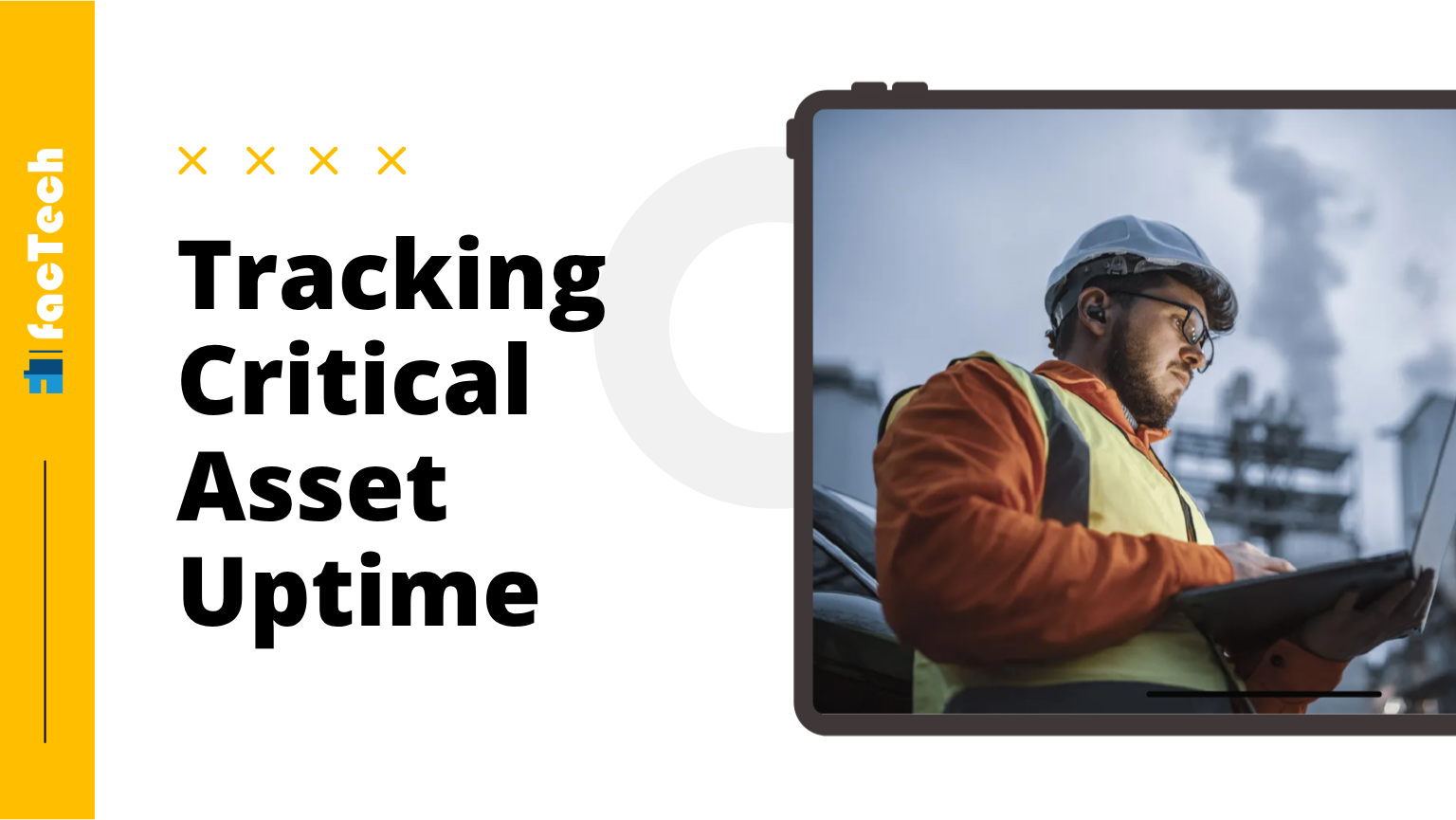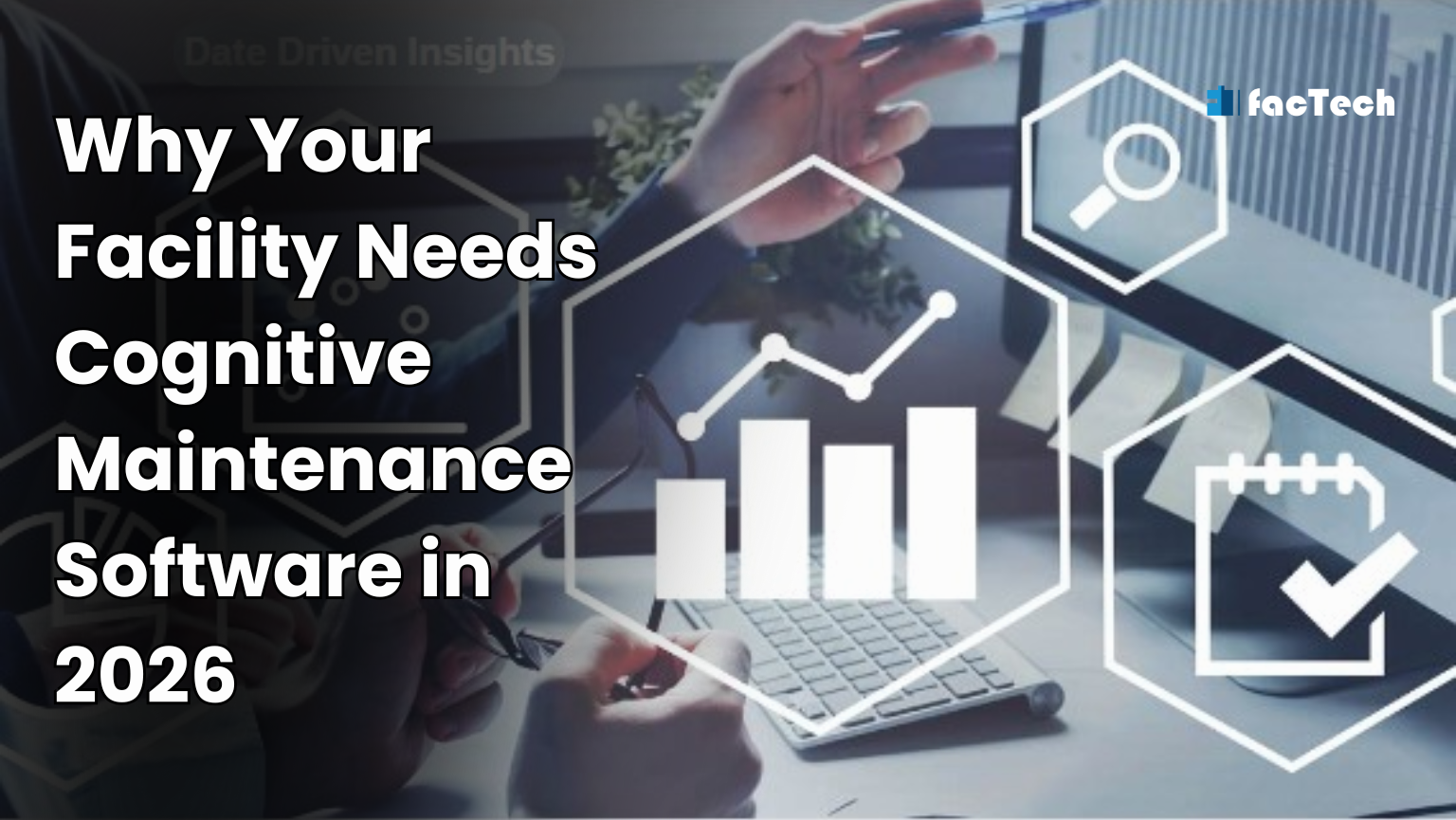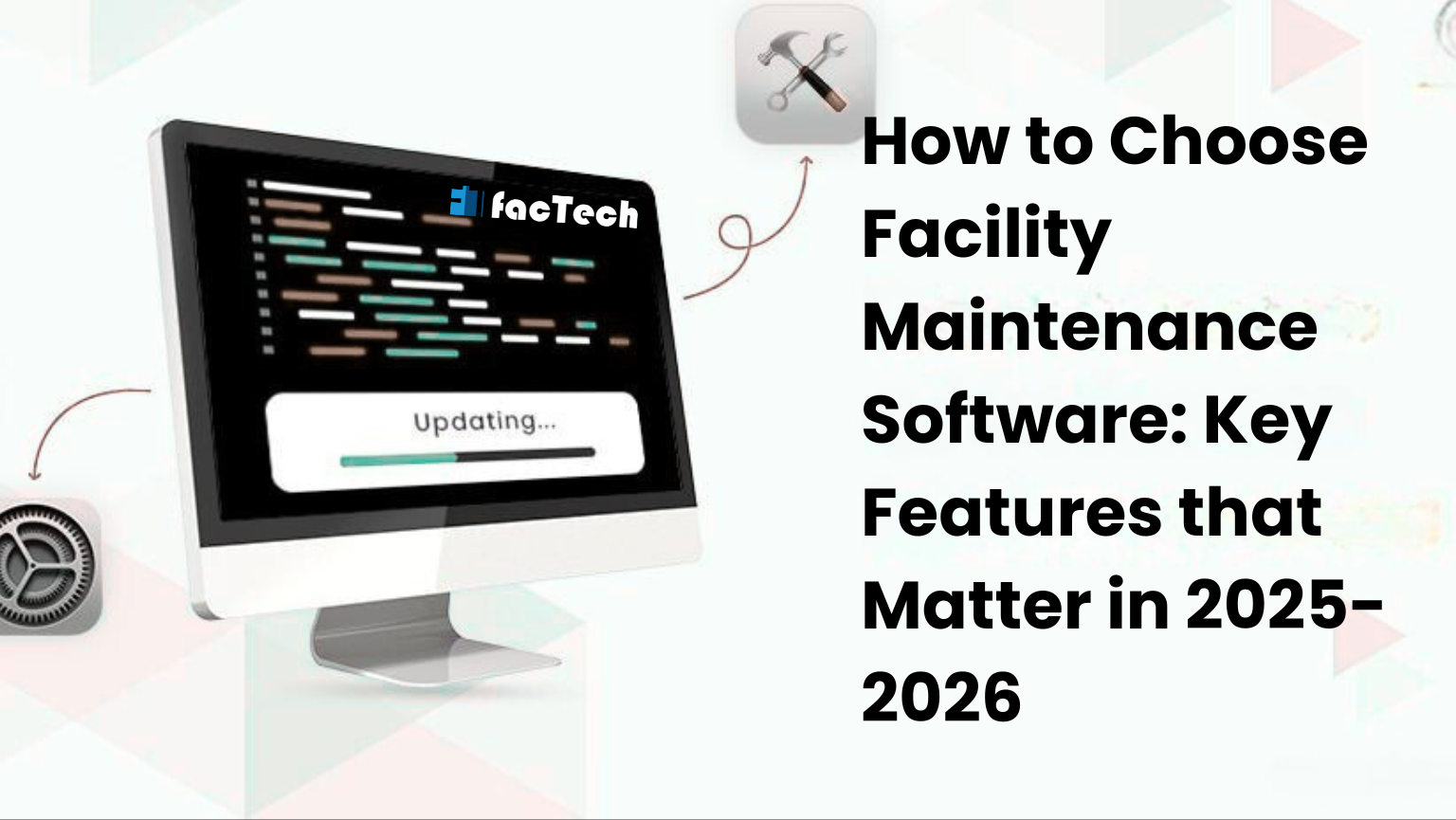How Effective Asset Lifecycle Management Boosts Performance and Cuts Costs
In a plant, factory, or service provider company, asset performance is very important for any business to get value. In the past, we have worked on improving maintenance to cut down on failures and expenses. But in the last several years, we’ve learned that how well an asset works depends a lot more on other parts of its life cycle, like how it is planned, produced, installed, and put into service. Enterprise Asset Management (EAM) is the answer because it takes a whole-person, proactive approach. EAM isn’t just about maintenance; it’s a full strategy that oversees an asset’s entire lifecycle, from acquisition to disposal, to get the most value out of it, reduce risk, and get the best performance.
The blog talks about the asset life cycle and how the design, procurement, installation, commissioning, and operations and maintenance (O&M) phases affect the total life cycle expenses.
What does Asset Lifecycle Management mean?
Asset Lifecycle Management (ALM) is a planned procedure that keeps track of and improves how well a company’s assets work from when they are bought to when they are sold. ALM takes care of every step in the life of an asset, from planning and buying to deploying, operating, maintaining, and getting rid of it. This makes sure that the asset gets the most return on investment and runs as efficiently as possible.
Also read: Key Features to Look for in an Asset Management System
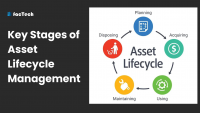
Key Stages of Asset Lifecycle Management
Planning, acquisition, operation, maintenance, and disposal are the five main stages of asset lifecycle management. When you look at all of these steps together, you make sure that you don’t miss any phase of an asset’s life. This is a list of all the steps:
Planning
You can easily figure out what assets you need and why you need them when you prepare. The stakeholders decide what the asset is for, how it will be used, and how valuable it is to the business as a whole. Also, be careful to plan for costs and look at risks like obsolescence or compliance needs early on. Including IT, finance, operations, and end-users makes sure that everyone is on the same page and that planning decisions are made more wisely. This is why preparing ahead is important for healthy lifetime management.
Getting
The acquisition step is when you research the asset, buy it, and get it ready to use. Check the total cost of ownership and be sure it will operate with your present systems before you buy. Give the asset a unique ID and write down its details in the asset register. To make sure it works in later phases, check, set up, and deploy the asset correctly.
Operation
When an asset is put to use, it goes into the operating stage, where it gives value every day. So, show your personnel how to use the tools securely and watch them work to make sure they are as productive as they can be. Also, prepare ahead for maintenance so that things don’t break down and last longer. You can use this to detect problems early and make sure that goals are accomplished by using real-time data from systems or sensors.
Maintenance
The maintenance stage makes sure that assets last longer by giving them the necessary care and attention. It includes preventive, corrective, and predictive maintenance to keep costs down. You can find patterns and guess what problems will happen at the conclusion of a product’s life by keeping track of its maintenance records. In short, frequent maintenance keeps things running better, safer, and saves money over time.
Disposal
In the end, everything you own will be useless, and you will have to get rid of it. You can now choose to retire, sell, recycle, or use it for something else. If the item can be sold again, it makes sense to do so. If not, recycling or tossing it away is the best option. Sometimes, assets aren’t as critical, like when you use a slow server for testing.
Enterprise Asset Management is the system, which is usually software-based, that links data, processes, and choices at all of these levels. It shows you all of the organization’s assets in one place.
Also read: Case Study: Transforming Operations with Factech’s Asset Management

How EAM Helps in Boosting Performance
The initial effect of EAM is a huge boost in the reliability of assets and the performance of operations.
Cutting Down on Unplanned Downtime
Unexpected equipment failure is the biggest thing that can hurt performance. Breakdowns that happen suddenly stop production, send maintenance teams into a frenzy, and cost a lot of money. EAM systems help with this by making it easier to switch from simple preventive maintenance (based on time) to predictive maintenance (PdM).
Increasing the Value and Lifespan of Assets
Good EAM makes sure that assets are not only kept up but also kept up in the greatest way possible. Organizations can reduce wear and tear, stop cascade failures, and make expensive equipment last longer by doing the correct maintenance at the right time. This puts the time for replacement back, which increases the Return on Investment (ROI) for the initial capital outlay.
Making the Best Use of Resources
EAM is a single system for managing work orders, scheduling workers, and keeping track of spare parts. This lets maintenance managers:
Set priorities for key work: Put resources on the most important, valuable assets first.
Make workers more productive: Give the job to the proper professional with the right abilities and instruments so that you don’t have to waste time traveling and diagnosing.
Make sure parts are available: Manage your Maintenance, Repair, and Operations (MRO) inventory ahead of time to make sure you have the right replacement parts on hand without having to buy too many.
Cutting Costs with Smart Management
The performance improvements that EAM brings to the table lead to big, measurable cost savings for the whole company.
Reduce Maintenance Costs
Proactive maintenance costs money up front, but it is much cheaper than reactive repairs. When you have to do emergency work without planning, you typically have to pay extra for rush parts, additional work, and faster shipping. The EAM system pays for itself by preventing just a few major breakdowns. EAM also helps find and fix cases of over-maintenance, which is when equipment is serviced more often than necessary. This saves money on parts, labor, and lubricants.
Also read: Asset performance monitoring in facility management
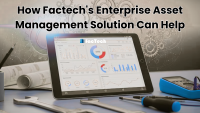
How Factech’s Enterprise Asset Management Solution Can Help
A strong, feature-rich software platform is necessary for a successful EAM approach. Factech’s Enterprise Asset Management system is designed to assist businesses in reaching these goals of better performance and lower costs by bringing all of their asset operations together on one smart platform.
Factech’s Solution Improves Asset Management by:
Digital Asset Register (QR/RFID Tagging): Makes a full digital copy of every physical asset that can be accessed from mobile devices.
Work Order Management for Mobile First: Gives maintenance teams on the ground mobile access to create, receive, carry out, and close work orders right away, including with checklists and job instructions.
PPM and Breakdown Modules: Automates Planned Preventive Maintenance (PPM) plans depending on consumption, time, or readings, making sure that no important maintenance is missed.
Real-time Analytics and Dashboards: Give managers immediate access to KPIs like Mean Time Between Failures (MTBF), Mean Time To Repair (MTTR), and the total cost of maintenance for each asset.
Factech helps businesses turn their physical assets from cost centers into strategic drivers of operational efficiency and financial success by transitioning from simple tracking to an integrated, predictive, and mobile-enabled EAM solution.
FAQs
Q: What is the key difference between EAM and regular maintenance?
Traditional maintenance simply focuses on repairs, but EAM is a holistic strategy that manages an asset from acquisition to disposal.
Q: Is Enterprise Asset Management software only good for the maintenance department?
No, EAM helps finance (TCO), operations (uptime), and procurement (inventory) by giving them all the asset data they need in one place.
Q: How does EAM help an asset last longer?
EAM makes predictive and preventive maintenance easier, which means that assets get the proper treatment at the right time, which cuts down on wear and tear.
Q: What is the biggest financial benefit of using EAM?
The key financial benefit is saving money by cutting down on unplanned downtime, managing inventories, and lowering the costs of emergency maintenance.



